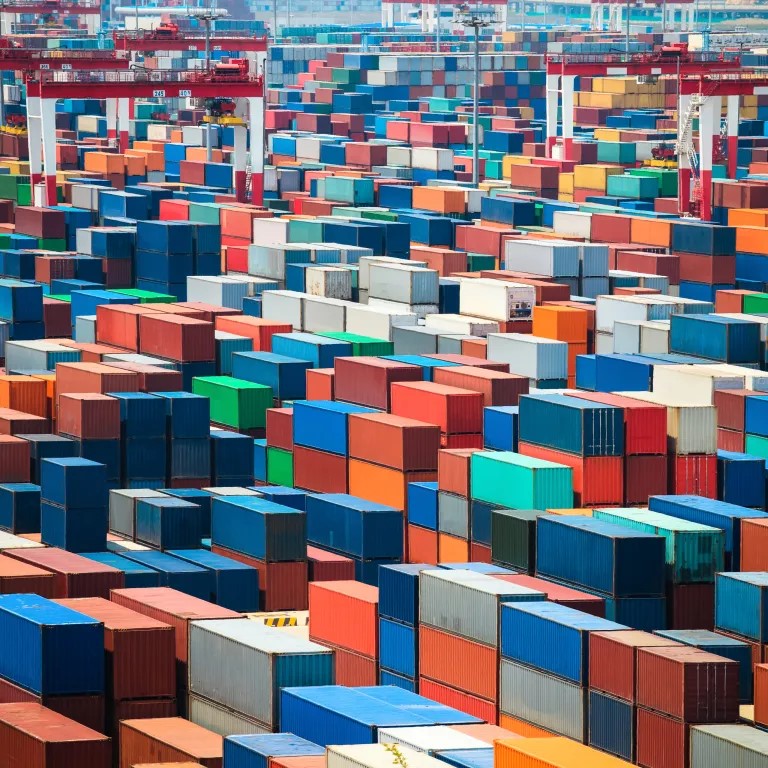
April 12, 2024
For most people, the shipping industry only pops on their radar after disaster hits. In 2020, the COVID-19 pandemic snarled supply lines, creating months-long shipping issues. This March, the box ship Dali collided with the Francis Scott Key Bridge, blocking access to the Port of Baltimore and possibly causing a “significant ripple effect on global supply chains.”
Though, for industry professionals, shipping is top of mind 24/7, 365 days a year. Maritime shipping moves roughly 11 billion tons of goods each year. It does so while navigating challenges such as terminal congestion, detention and demurrage issues, the growing need for real-time visibility and automation, and the need to make the industry more environmentally sustainable.
Logistics get even more complex at intermodal port and terminal operations. These sites manage the transfer of containers and goods from ships to different modes of transportation: rail and trucks. Two cutting-edge companies have teamed up to strengthen port and terminal operations by streamlining data for better real-time visibility and easing friction across terminal operations through automation.
Collaboration Through Innovation
Tideworks Technology is a global technology brand and leading provider of terminal operating systems (TOS). Founded in the 1990s by Carrix, a multinational shipping entity, Tideworks has grown from an in-house IT provider to a software development company that helps marine and intermodal terminals move tens of millions of containers more efficiently each year.
Advent eModal is an industry leader in software solutions that provide executional tools and APIs that offer cargo visibility, terminal pre-advice and appointment setting, payment processing and data-enabled business intelligence across intermodal industries. Their cloud-based port platform is in each of the top 10 largest port communities, helping to optimize container volumes, increase truck turn times, and ease areas of friction with more control.
Together, Tideworks and Advent eModal are strengthening terminal operations and streamlining complex sets of logistics through real-time visibility. This has translated to increased efficiency, enhanced throughput, and more significant cost savings for terminal operators across the globe.
